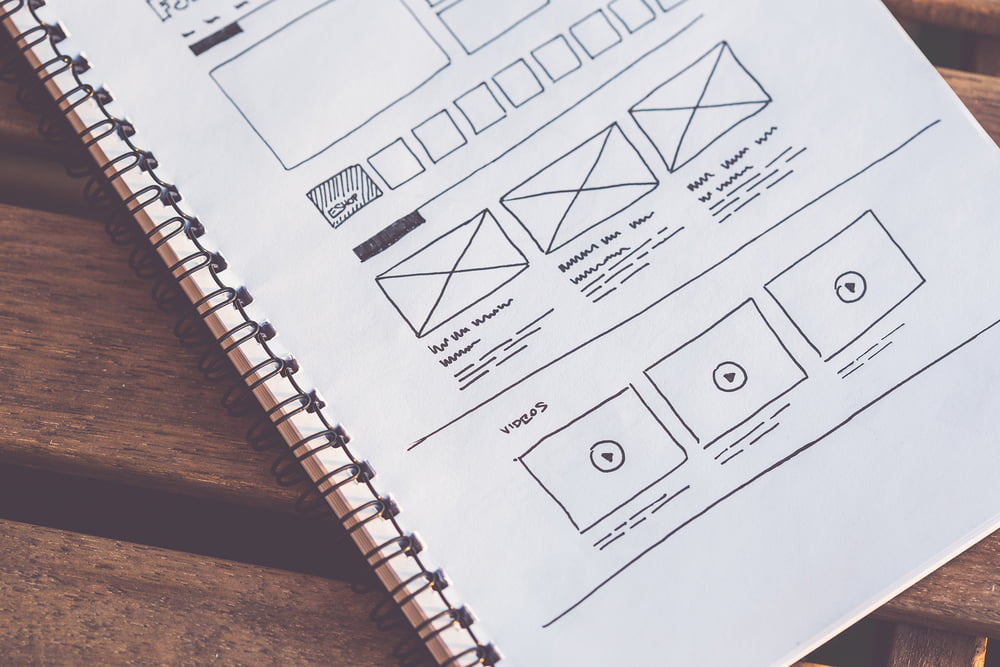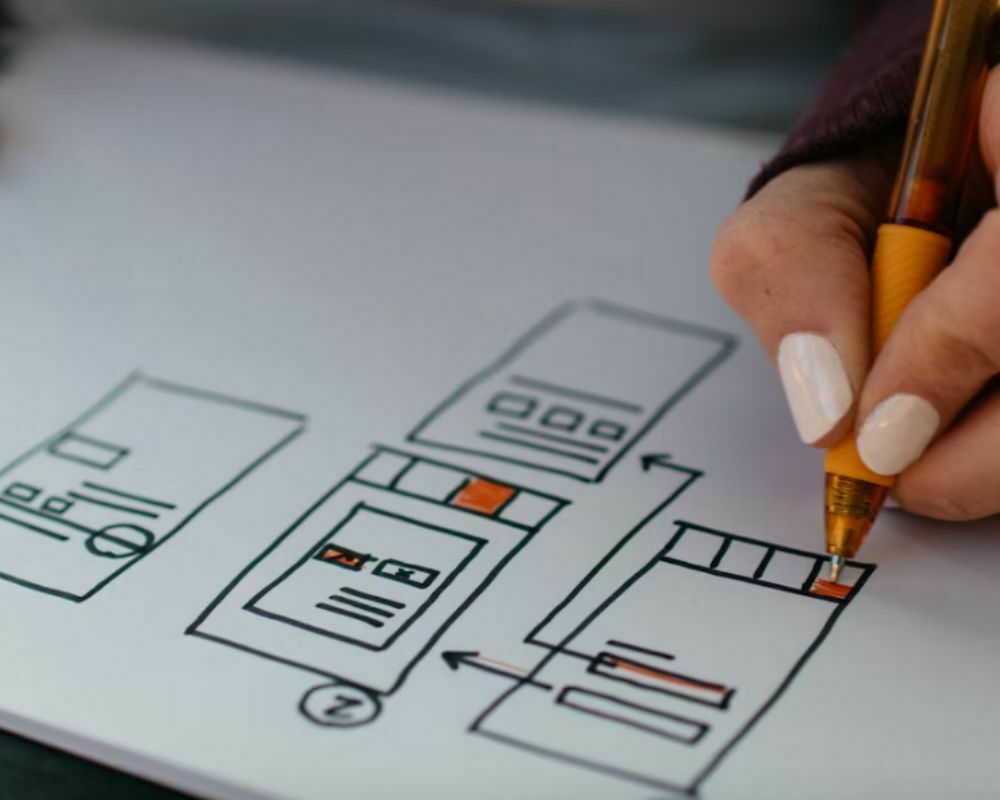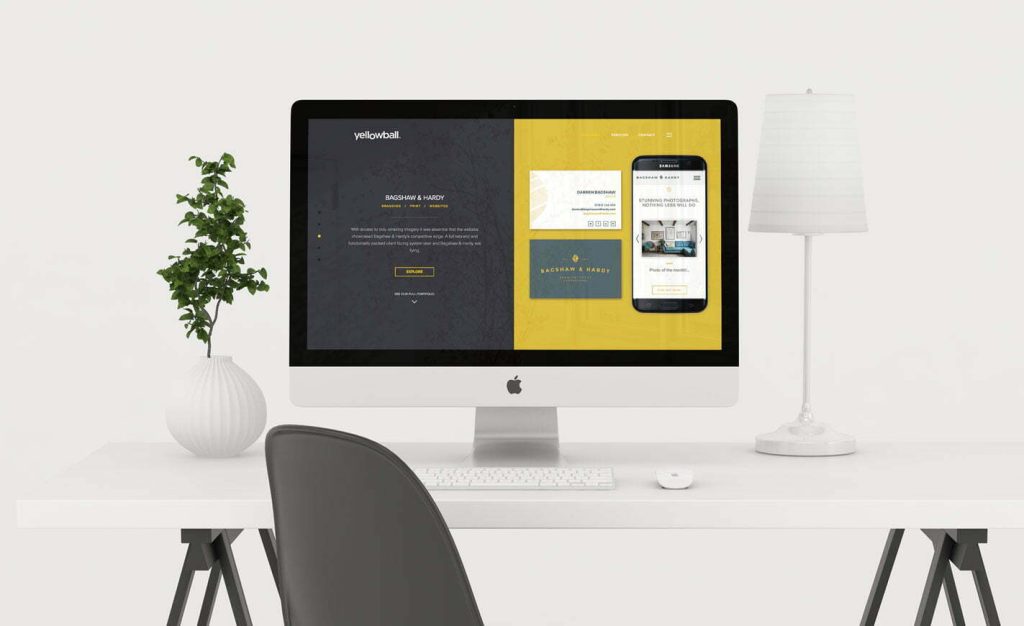In this article, we’ll explore how to craft an effective website design brief and provide a sample template to streamline the process.
Why is a Web Design Brief Important?
Creating a comprehensive website brief is a crucial step in any web development project. It serves as the foundation for a successful collaboration between you and the developer or agency. A well-structured website brief template helps both parties align on project goals, expectations, and deliverables, reducing misunderstandings, saving time, and ensuring the final website meets your needs.
How to Write a Website Design Brief
Want to know how to create a thorough website design brief? Here are the factors you’ll need to be aware of.
Define Your Unique Identity
Start by identifying your business’s core values and what sets you apart from competitors. Highlight your unique selling points (USP) and what makes your products or services stand out.
Embrace Your Brand
What’s your brand’s identity and how do you communicate it? Clarify whether you have an existing brand with guidelines or if the project involves creating a new brand. Make sure you articulate your brand’s values and preferred aesthetics.
Know Your Customers
Describe your target market, including details on B2B or B2C focus, key user personas, and whether you’re looking to reach a new audience. Identify the problems your customers face and how your business solves them.
Analyse Competitors
Provide insights on your main competitors, what you admire about their approach, and what you’d like to do differently. You’ll also need to consider both current competitors and those you plan to compete with in the future.
Project Goals and Objectives
Explain the need for this project. Is it a new venture or a refresh of an existing website? Highlight what’s working and what isn’t.
Set Clear Goals
Define your project’s goals and objectives. What do you aim to achieve, and what metrics will determine your success? Specify key performance indicators (KPIs), such as increased sales-qualified leads, longer time on site, or reduced bounce rates.
Who Is Your Target Audience?
Your brief should ideally include information on your existing and future customers. Who would you like to visit your website? Who usually purchases your products/services and how? What are the users specific requirements for what they would need from your site?
Tracking Your Website Performance
Consider how you intend to track your website performance, which would usually be done through GA4 and Google Tag Manager.
Hosting
Your website will require hosting, and depending on your website requirements this could affect the type of hosting you will need. Talk to your agency about web hosting and what they’d recommend.
Budget
Make sure that the budget allocated for the project is clearly outlined.
Establish a Plan
Identify project stakeholders, create a timeline, and specify any deadlines.
Website Design Brief Template
Here’s a basic website design brief example you can work from.
Design Brief
Submitted by: [Author’s name]
Date: [Submission date]
Company overview
[Company]’s mission is [mission]. The organisation values and what it aims to accomplish [company goals].
Project overview
The aim of this project is to [project’s purpose]. It involves designing a [design overview].
Project goals and objectives
The project aims to reach the following goals and objectives [project goals and objectives] by [deadline]. These are the project’s objectives:
- [object 1]
- [object 2]
- [object 3]
Target audience
The company’s target audience is [describe the design project’s users, including their demographic information].
Competitor analysis
Recent competitors designed [explain recent designs from competitors].
Budget
The budget for this project is [amount], which includes:
- [amount] for [product or service 1]
- [amount] for [product or service 2]
Project timeline
This design project timeline includes [number of phases] phases. The phase 1 target deadline is [date]. The phase 2 target deadline is [date]. The phase 3 target deadline is [date].
Deliverables
The project requires the following deliverables:
- [deliverable 1]
- [deliverable 2]
- [deliverable 3]
- [deliverable 4]
- [deliverable 5]
Contacts
For more information about this design project, please contact:
[Name]
[Title]
[Email address]
[Phone number]
Conclusion and evaluation
[Briefly outline how the client may evaluate the success of the design project]
The key to a successful web project
A well-articulated website design brief helps you to communicate your business’s unique identity, brand, target audience, and goals. It enables you to set clear objectives, evaluate competitors, establish a timeline and budget, and specify deliverables.By using a well-structured website brief template, you can streamline the development process and ensure that both you and the developer or agency are on the same page, ultimately leading to a successful website that meets your needs. Yellowball is a web design and development agency based in London, UK – for expert advice, contact us today!
Discover more about the web design process, redesigning your website and creating a website scope of work in our guides.









